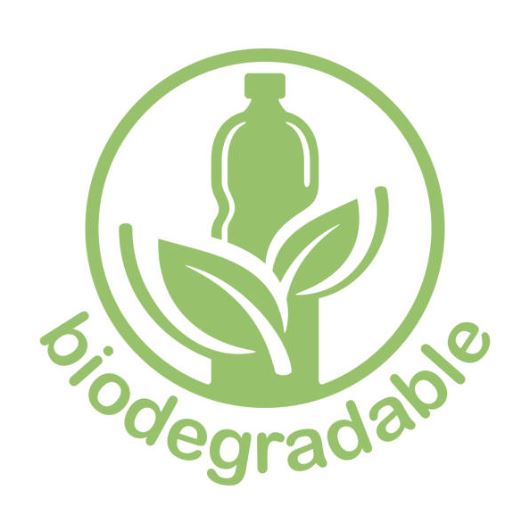The term “biodegradable” has gained significant attention in recent years as consumers seek more environmentally friendly alternatives to traditional plastics. While the idea of biodegradability seems promising, a deeper look reveals a tangled web of complexities and concerns surrounding its use in the context of plastics. In this blog, we delve into the misconceptions and challenges associated with “biodegradable” plastics.
Unraveling the Definition
At first glance, the term “biodegradable” suggests a material that originates from plant-based sources and can naturally break down into harmless substances over time. However, the reality is far from this idyllic image. One of the most pressing issues with “biodegradable” plastics is the lack of standardized regulations defining what qualifies as such. This ambiguity has paved the way for widespread misuse of the term, allowing it to be applied to a wide array of products, not all of which are environmentally responsible.
The Trouble with “Biodegradable” Plastic
One of the gravest concerns surrounding “biodegradable” plastics lies in their actual composition. Many plastics labeled as biodegradable are, in fact, derived from traditional fossil-fuel-based materials. These plastics might be designed to degrade over time, but they still contribute to the growing microplastic problem. In some cases, certain “biodegradable” plastics are classified as “oxo-degradable,” meaning they fragment into microplastics under the influence of chemical additives. These minuscule fragments pose a threat as they persist in landfills, water bodies, and soil, despite being invisible to the naked eye.
Addressing the Issue
Recognizing the urgent need to tackle this problematic scenario, initiatives such as the National Plastics Plan aim to collaborate with industries to phase out the use of these misleading “fragmentable” plastics. This is a significant step toward curbing the proliferation of plastics that contribute to environmental harm under the guise of biodegradability.
Plant-Based Plastics: A Double-Edged Sword
While some biodegradable plastics are indeed made from plant-based materials, even this category presents challenges. The real concern lies in the uncertainty surrounding the environments in which these plant-based plastics break down and the duration of their degradation process. Surprisingly, certain plant-based plastics might persist in landfill, litter, or oceans for decades or even centuries, defying the assumption that they are inherently eco-friendly. Not all plant-based plastics are created equal, and the specific polymer formation of some can render them exceptionally durable.
The Lack of Evidence
It’s important to note that there is currently no substantial evidence supporting the environmental superiority of items labeled as “biodegradable.” The mere presence of this label does not guarantee a positive impact on the environment. Even with the impending ban on fragmentation-prone biodegradable plastics, uncertainties remain about the overall environmental benefits of other types of biodegradable plastics.
The Road Ahead: Informed Choices Matter
In our quest for sustainable alternatives to traditional plastics, it’s imperative to navigate through the marketing jargon and delve into the scientific realities. The label “biodegradable” should not be the sole determinant of an item’s environmental impact. Instead, consumers must prioritize understanding the material’s composition, its break-down characteristics, and its potential to leave a lasting footprint.
A Call to Action
As consumers and stewards of the planet, our choices hold immense power. In light of the complexities surrounding “biodegradable” plastics, it’s advisable to exercise caution and seek alternatives that have a proven track record of sustainability. Engaging in practices that reduce overall plastic consumption, supporting companies committed to responsible materials, and advocating for stringent regulations are steps that can collectively contribute to a cleaner and healthier environment. Remember, informed choices today shape the future we aspire to create.

